This year sees the 80th anniversary of the foundation of three special elements of the British Army. In this article we will look at their foundation and the vital role they still play today.
On 6 June 1940, only days after the successful evacuation of the British Expeditionary Force from the beaches of Dunkirk, Churchill ordered the creation of formations which would ‘set Europe ablaze’. That order, and the valuable lessons learned from the defeat in France, would help create the Army Commandos, the Parachute Regiment, and the Intelligence Corps.
Each would go on to earn enviable reputations during the Second World War and beyond, but they were founded through the same spirit of adaptation and innovation which drives the Army forward today.
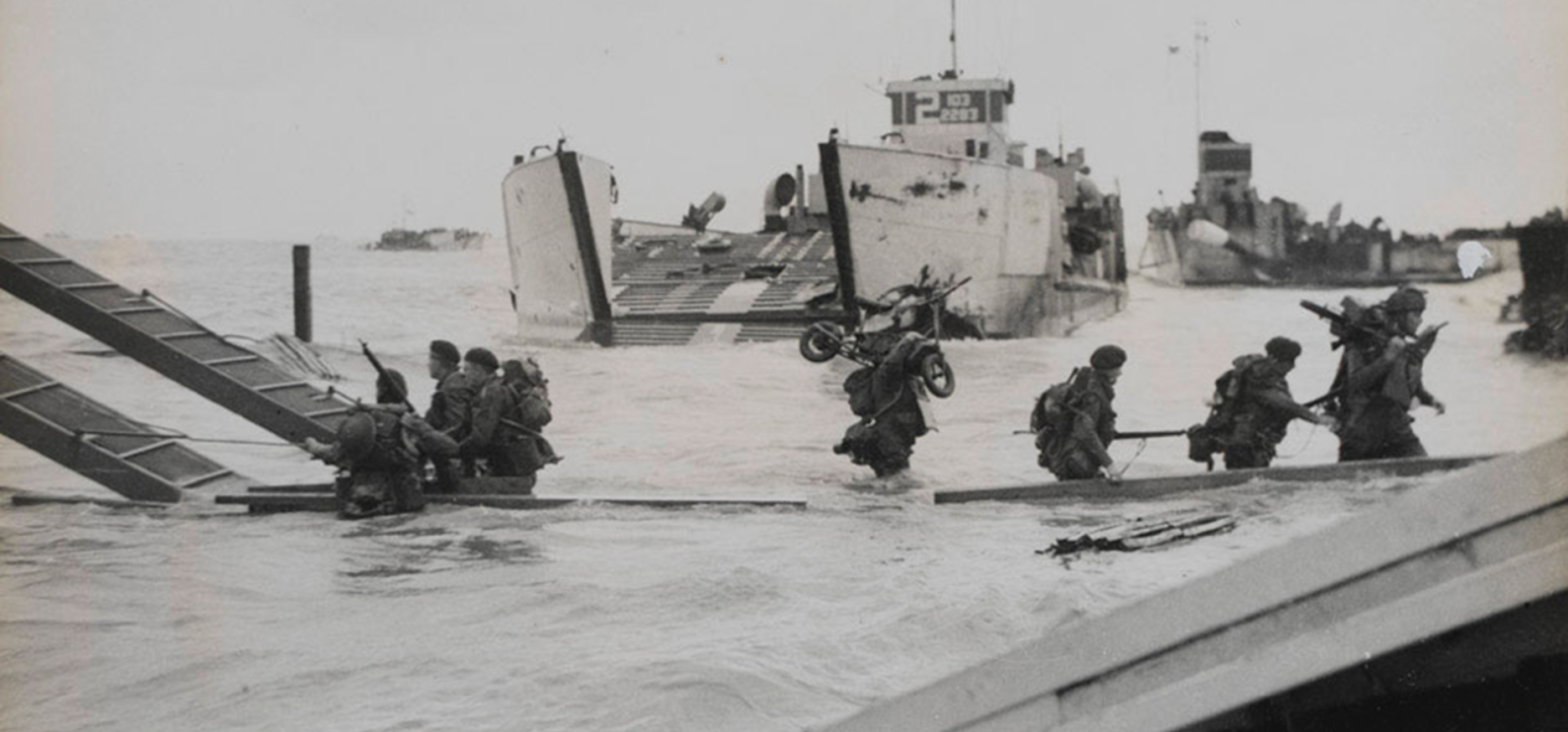
Army Commandos – Although today we associate the name ‘Commando’ with the Royal Marines, the first Commando units were established by the British Army in response to Churchill’s instruction. The idea of Commando units came from the use of agile, determined, and skilled fighters by the Dutch Republics in the Anglo-Boer War (1899-1902).
During that War, the Boer Commandos had successfully tied the British Army in knots with rapid, precision attacks which forced the more conventional forces to be continuously on their guard and thinly spread. It was this which Churchill wished to emulate.
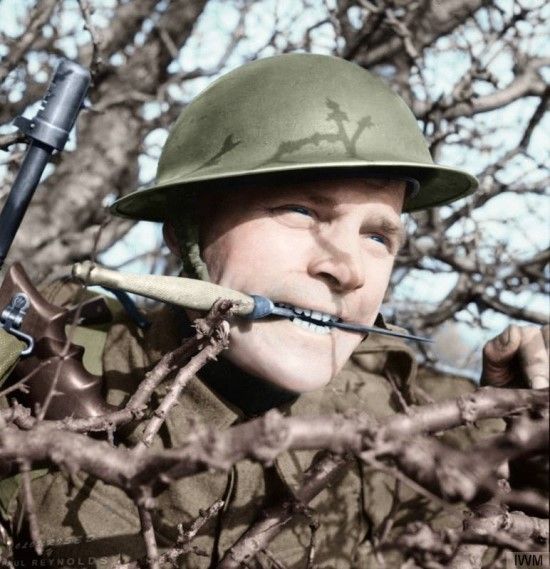
From the end of June 1940, the Army Commando units would launch attacks across the Channel, successfully diverting German resources to protect their forces from attacks which would strike out of the dark, bringing destruction in their wake. Later in the War, larger forces of British Army Commandos would take part in the attack on Dieppe and on D-Day. The Commandos did not just fight in Europe, they would be used with great effect against the enemy in Burma.
After the Second World War the Army Commando units were disbanded, with only the Royal Marines Commandos surviving in the role. The Army continued to provide specialist roles, however, in areas such as artillery, engineer support, and logistics providing invaluable support to the Marines. Today there are Army Commando personnel attached to the Royal Navy’s 3 Commando Brigade delivering agility and adaptability at high readiness.
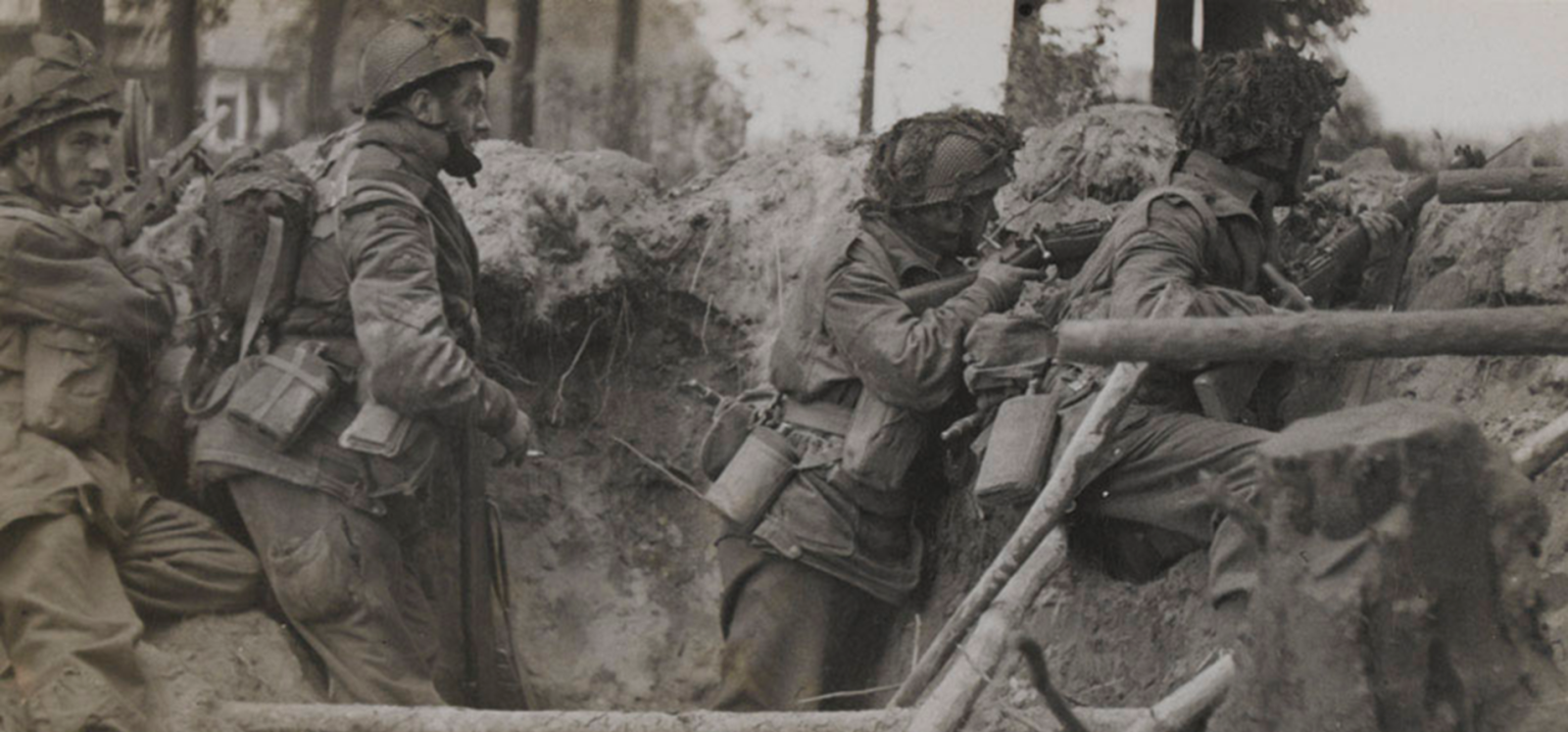
The Parachute Regiment – The Parachute Regiment was formed on 22 June 1940 as a direct result of the observation of the effectiveness of German paratroopers in the invasion of Western Europe. Once again, it was Winston Churchill who would provide the impetus, demanding that the Chief of the Imperial General Staff set-up and train a force of at least 5,000 men to provide the same lightning assault from the air that had so surprised the Western allies only weeks before.
Jumping from a perfectly serviceable aeroplane to fight one’s enemy demands a very special sort of person, Field Marshal Montgomery would describe them as ‘Emperors’ such was his admiration for their fighting spirit, courage, and adaptability. Throughout the War, British paratroopers earned an enviable reputation, not least among their opponents for whom they were ‘The Red Devils’.
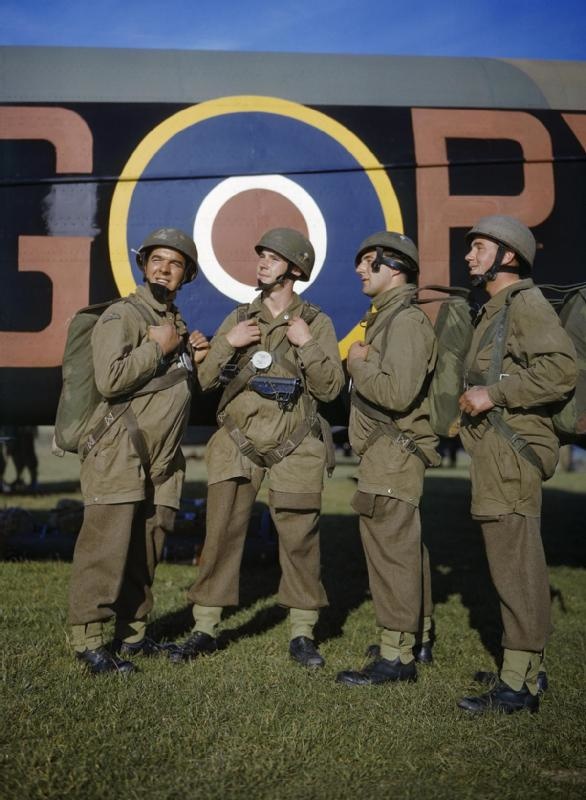
Often the first into action, the soldiers of the Parachute Regiment would prove their ferocity in the fighting in Normandy, at Arnhem, and at the Crossing of the Rhine.
After the Second World War, the Parachute Regiment continued to be an integral part of the British Army’s Order of Battle, displaying the courage and controlled aggression for which they have become a by-word. Whether in the deserts of Palestine, Iraq, or Afghanistan or on the barren moorland of the Falkland Islands, they retain and build upon their hard-earned honours. In many ways, their role has changed, but their spirit remains, and they remain vital to the United Kingdom’s ability to project force globally.
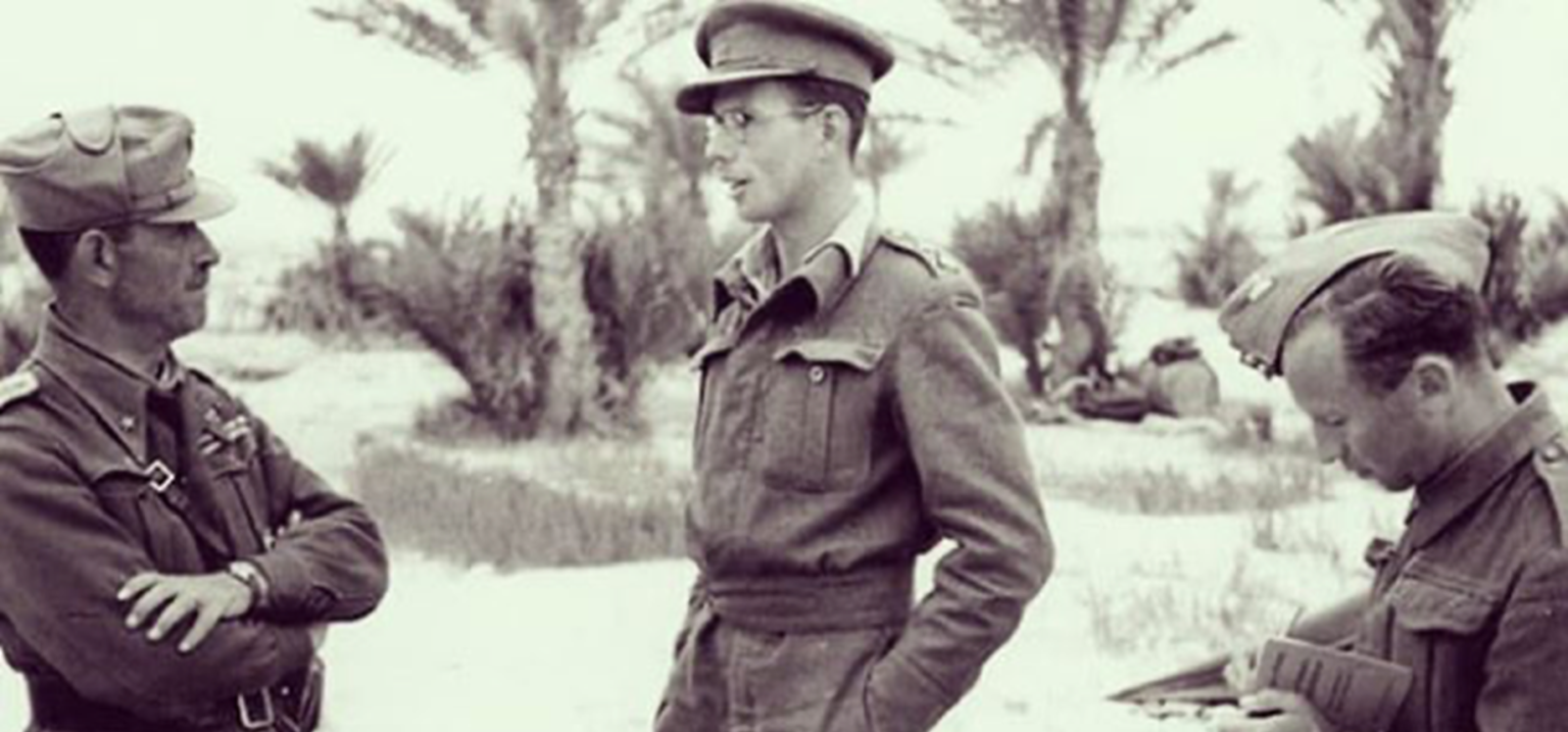
The Intelligence Corps – Our final Corps formed in 1940 is the Intelligence Corps. The British Army had considerable experience with formed units of personnel whose job it was to see ‘the other side of the hill’ having an Intelligence Corps from 1914 – 1929, but it entered the Second World War with only a few, small units trained for gathering intelligence. The Battle of France proved the British system of intelligence gathering and interpretation to be severely lacking and as a result the Intelligence Corps was founded on 19 July 1940.
Throughout the War, the work of the Intelligence Corps was shrouded in secrecy. In addition to their work supporting conventional forces to understand the dispositions of the enemy, Intelligence Corps personnel worked in Churchill’s Special Operations Executive carrying out daring espionage and sabotage missions in occupied Europe and helped form both the Long-Range Desert Group and Special Air Service in North Africa.
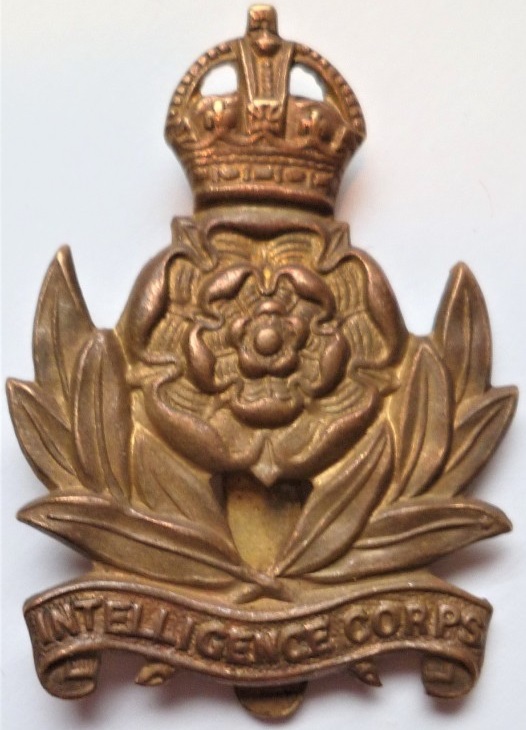
After the Second World War, the Intelligence Corps enhanced its enviable reputation in operations in Germany during the Cold War and in Northern Ireland during the Troubles. Today the Corps’ personnel are engaged in a range of activities including analysing human intelligence, signals and image intelligence, electronic warfare, counter-intelligence, field security, carrying out interrogations and dealing with cyber threats.
Conclusion.
At first glance, these three formations may look very different. At their very heart, though, they were formed as an innovative reaction to defeat in France in June 1940. That innovative and adaptable spirit is still very much alive in today’s British Army, whether through the development of world-beating technologies or maintenance of the highest physical and mental standards. These three organisations, and the Army of which they are a part, stand ready to protect and deter, a vital part of the nation’s defence.
———–
Source: Army MoD UK News, © 2020 Crown Copyright
